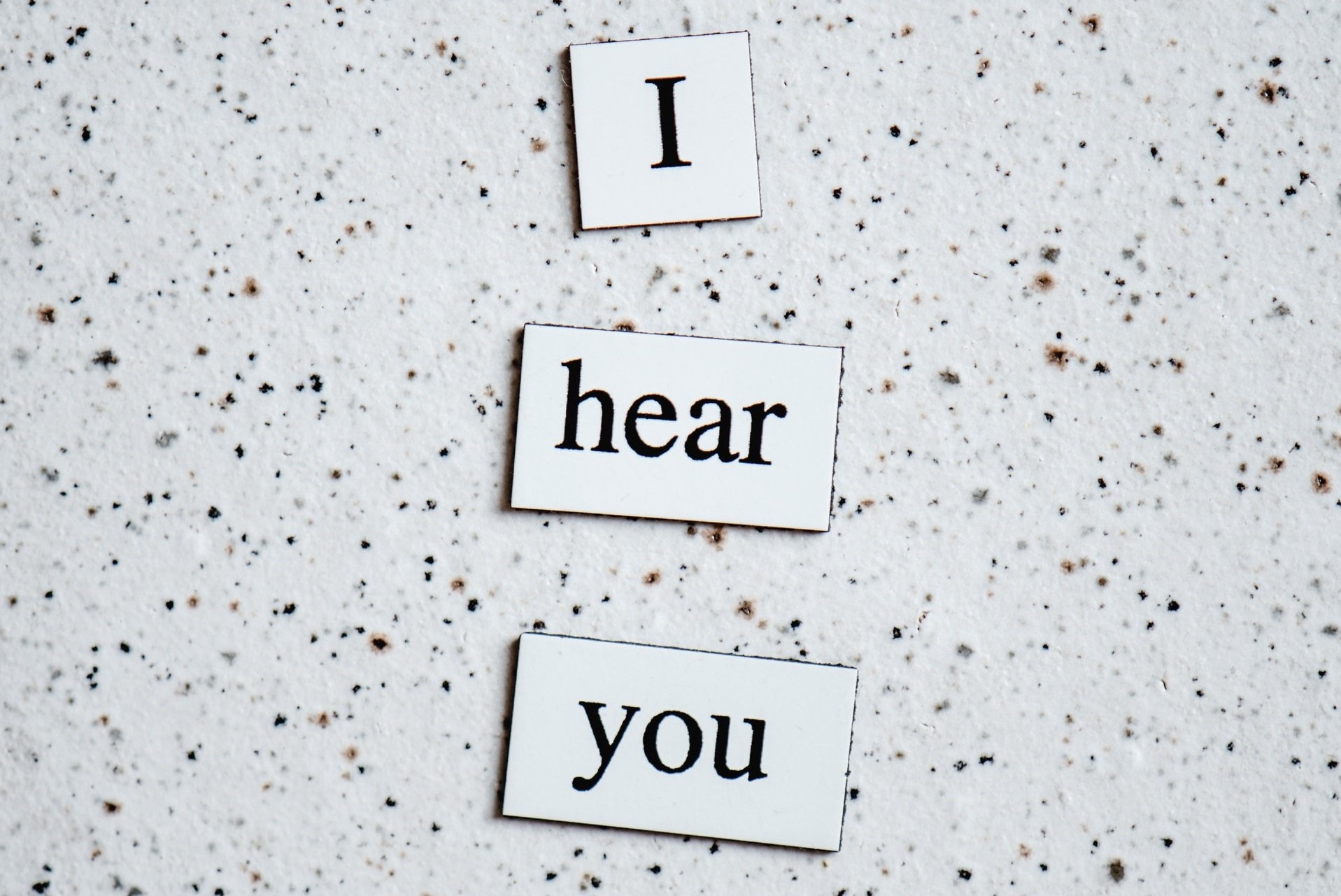
This article explains what a normal audiogram test looks like and why it’s smart to have your hearing tested regularly.
Audiograms are graphs displaying the results of a pure-tone hearing test. More specifically, they show how loud sounds need to be at different frequencies (or pitches) for you to hear them. They are an easy way to visualize your hearing ability and compare it to a normal hearing range.
How you respond to certain sounds in your hearing test determines the data displayed by your audiogram. During the test, you’re asked to respond to the noises you can hear by pushing a button or raising your hand. The loudness of the sounds that you can hear at each frequency is recorded and constitutes the audiometric data on the audiogram.
Audiograms are used for a reason — their primary function is to diagnose and monitor hearing loss. As they show the thresholds at which you can hear various frequencies, they help to reveal the precise nature of your hearing loss.
Your audiogram results are incredibly useful, as they indicate the kind of medical interventions you might need to improve or preserve your hearing according to the degree and configuration of your specific hearing loss.
Contents
What Does a Normal Hearing Person’s Audiogram Look Like?
An audiogram shows the severity (degree) and the pattern of your hearing loss in the form of a graph. Each line from top to bottom shows the loudness of the sound in decibels, with lines at the top of the chart for soft sounds (such as a ticking clock) and lines at the bottom for loud sounds (such as a lawnmower).
For an adult, ‘normal’ hearing ranges from 0 – 20 decibels (dB) in all frequencies, and 0 – 15 dB for a child. Above 20 dB is classed as a hearing loss, and a greater decibel value indicates a greater level of severity. For example, mild hearing loss is present in the 20 – 40 dB range and severe loss is shown at 71-90 dB.
You might have a completely ‘normal’ audiogram test, meaning no hearing difficulties have been picked up by the hearing test. If this is the case, all your plot points will be at the top of the graph as you’ll be able to hear soft sounds at different frequencies.
As you could have normal hearing in one ear, and difficulties with the other, your audiologist will mark what you hear in your right ear with a red ‘O’ and your left ear with a blue ‘X’.
If the Xs and Os are plotted at the top of the graph, your hearing is ‘normal’ in both ears.
When ‘O’s and ‘X’s appear farther down the graph, this indicates some form of hearing loss. Nevertheless, hearing loss is not a straightforward ‘yes or no’ condition where you either have it or you don’t.
Your audiogram might reveal that you hear some sounds normally, but not others. This is often the case when you have some degree of hearing loss. For example, you might be able to hear low pitches just fine, but not high pitches. As speech is usually spoken at a higher pitch, you might be able to hear it, but not fully understand what is being said.
On the other hand, you can experience hearing loss at all pitches. If this is the case you might find yourself unable to hear any speech whatsoever, as well as other environmental sounds.
How Often Should You Get a Hearing Test? Why?
If you notice sudden hearing loss or experience a gradual loss of hearing that’s persistent or getting worse – it’s time to get your hearing checked.
However, you shouldn’t just wait until there’s a problem to get your ears tested.
Babies are routinely screened for hearing problems in the first few days after birth, which will indicate a congenital hearing loss. Young children will also have their hearing checked if an early acquired hearing loss is suspected by a family member or physician.
If you didn’t experience hearing issues in childhood, it’s easy to ignore your hearing health once you’re an adult. Nevertheless, it’s important that adults over the age of 21 have their hearing checked too.
If you’ve never had a hearing test as an adult, it’s advisable to schedule an appointment with a medical professional for a baseline test. Even if there’s nothing wrong with your hearing, the test will confirm your hearing health at that point in time, which will serve as a useful comparison when you’re older and beginning to encounter issues.
Generally, if you don’t have hearing loss, it is recommended that you get tested every 10 years until you’re 50, and after that, every three years. This will give you these helpful comparative tests and alert you to any gradual hearing loss that is developing.
If you don’t feel the need for a comprehensive hearing test, you should still be able to ask your physician for a quick hearing screening — a pass or fail hearing test used to check if you require further tests.
When to Take a Hearing Test
If you’re experiencing a sudden hearing loss, make an appointment with your physician immediately. It might have a serious underlying cause and require immediate treatment to prevent permanent hearing damage.
If you’ve noticed a gradual loss of hearing that hasn’t improved or seems to be getting worse, it’s time to book a hearing test. Untreated hearing loss can lead to further medical issues down the line such as memory deterioration, balance problems, and dementia. It’s important to figure out the cause of your problems so you can access the appropriate treatment.
Also, even if you have a hearing loss diagnosis or are already using hearing aids but you’ve noticed your hearing getting worse, you should make another appointment with your audiologist. They’ll be able to give you another hearing test, compare it to your previous tests, and work out what’s going on. If necessary, your treatment can be modified accordingly.
If there is a change in your work or home-life, you might also want to see your audiologist as changes in your environment can shift the type and strength of hearing aid that’s best for you.
If you have a health condition that affects the ear, regular audiologist appointments is also a good idea, as your ability to hear might change with your condition.
Where You Can Take a Hearing Test
You might be able to get a simple hearing screening test with your local physician. If you need a more comprehensive test, they will be able to refer you to a specialist audiologist.
You can also find an audiologist directly. This Healthy Hearing tool is useful for locating a hearing clinic near you.
How to Protect Your Healthy Hearing
Not all types of hearing loss can be prevented, but taking care of your hearing health can reduce your risks.
Effective precautions you can take include:
- Listening to music at a safe level (never more than 60% of the maximum volume on your device) and not for more than one hour at a time
- Wearing ear protection during loud events and activities
- Taking a break every 15 minutes when you’re exposed to loud noise
- Taking safety precautions when working in a noisy environment such as wearing ear protection and implementing safety training
- Getting your hearing tested and accessing treatment to prevent your hearing loss from worsening or causing other health problems
A quick online test can also indicate whether you need to see your physician about your hearing. The Olive Hearing Test only takes five minutes. Please note, this does not constitute a medical diagnosis or replace a professional test.
The information in this guide has been written using the following reliable sources:
https://www.babyhearing.org/what-is-an-audiogram
https://www.asha.org/public/hearing/audiogram
https://www.webmd.com/a-to-z-guides/do-i-need-an-ear-exam
https://medicine.uiowa.edu/iowaprotocols/how-read-audiogram
https://www.audicus.com/time-get-new-audiogram
https://www.healthyhearing.com/hearing-aids








